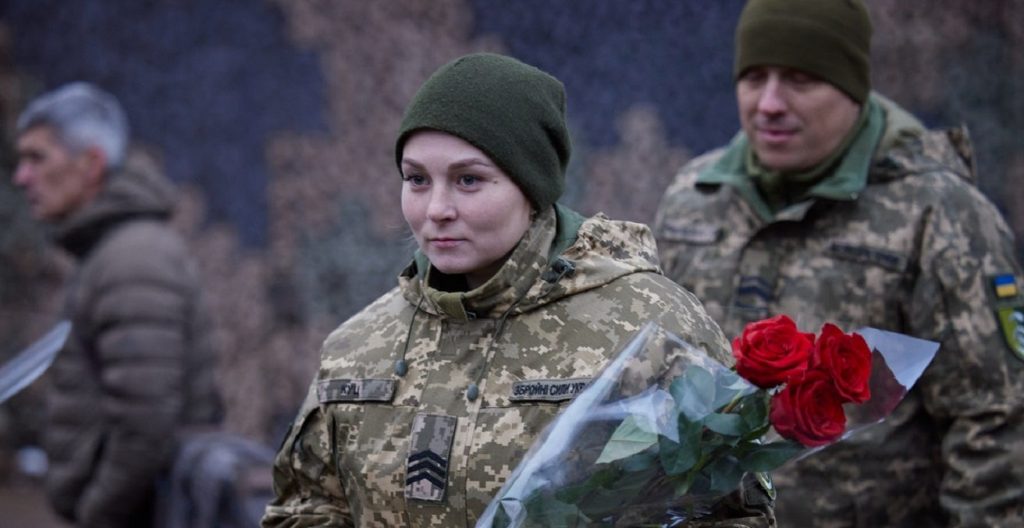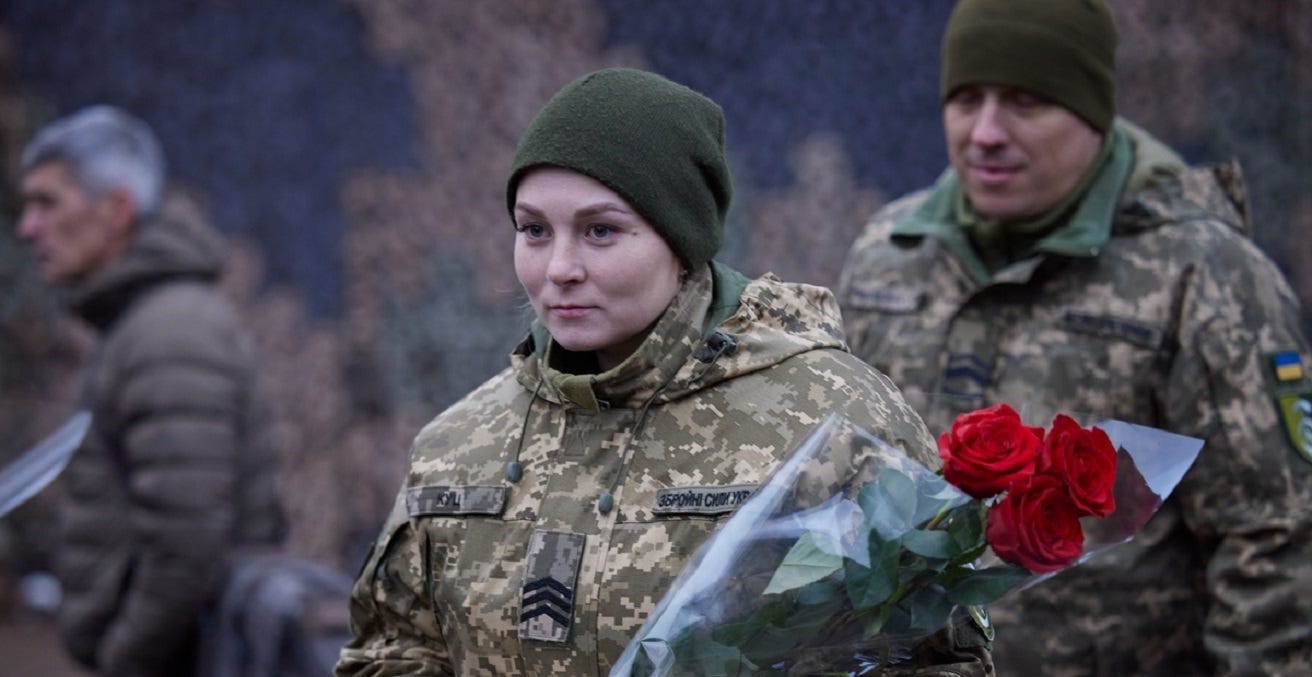
Amidst the expansive production landscape of the Russian tank industry, the Ukrainian theater witnesses a consistent influx of up to three tanks daily. The raison d’être for this phenomenon lies in the noteworthy attrition rate experienced on the battlefield. Remarkably, this perpetual cycle of tank destruction and replacement maintains a remarkably equilibrium, albeit slightly favoring the tally of incapacitated Russian tanks.
Scrutinizing British intelligence data reveals an estimation of Russia’s tank losses, pegged at 365 between early October and January 25 of the current year. A basic calculation over the 117 days in this timeframe yields an unsettling daily average of 3.2 tanks lost by Russia.
London’s information asserts that “Russia can likely produce a minimum of 100 Main Battle Tanks (MBTs) per month, thus retaining the capability to replenish battlefield losses and sustain this level of offensive engagement well into the foreseeable future.”
Addressing the nature of the intelligence information shared, the British Defense Intelligence clarifies its role in elucidating unfolding events in Ukraine. As outlined on the official UK Ministry of Defense website, intelligence analyses are meticulously crafted to either provide insights into past events or offer predictive assessments of potential future developments. Intelligence researchers employ a standardized lexicon of probability, ensuring clear and consistent communication among themselves and with the public, thereby conveying the likely precision of their explanations or forecasts.
The British information implies that both the UK’s Defense Intelligence and Ukraine’s intelligence services refrain from disclosing their military losses directly. Instead, such information often emerges through Russia’s routine briefings, which are regularly updated. Even in the absence of official data from Russia, a reasonable deduction suggests that Ukraine, with its numerical disadvantage relative to Russia, would likely incur fewer losses.





